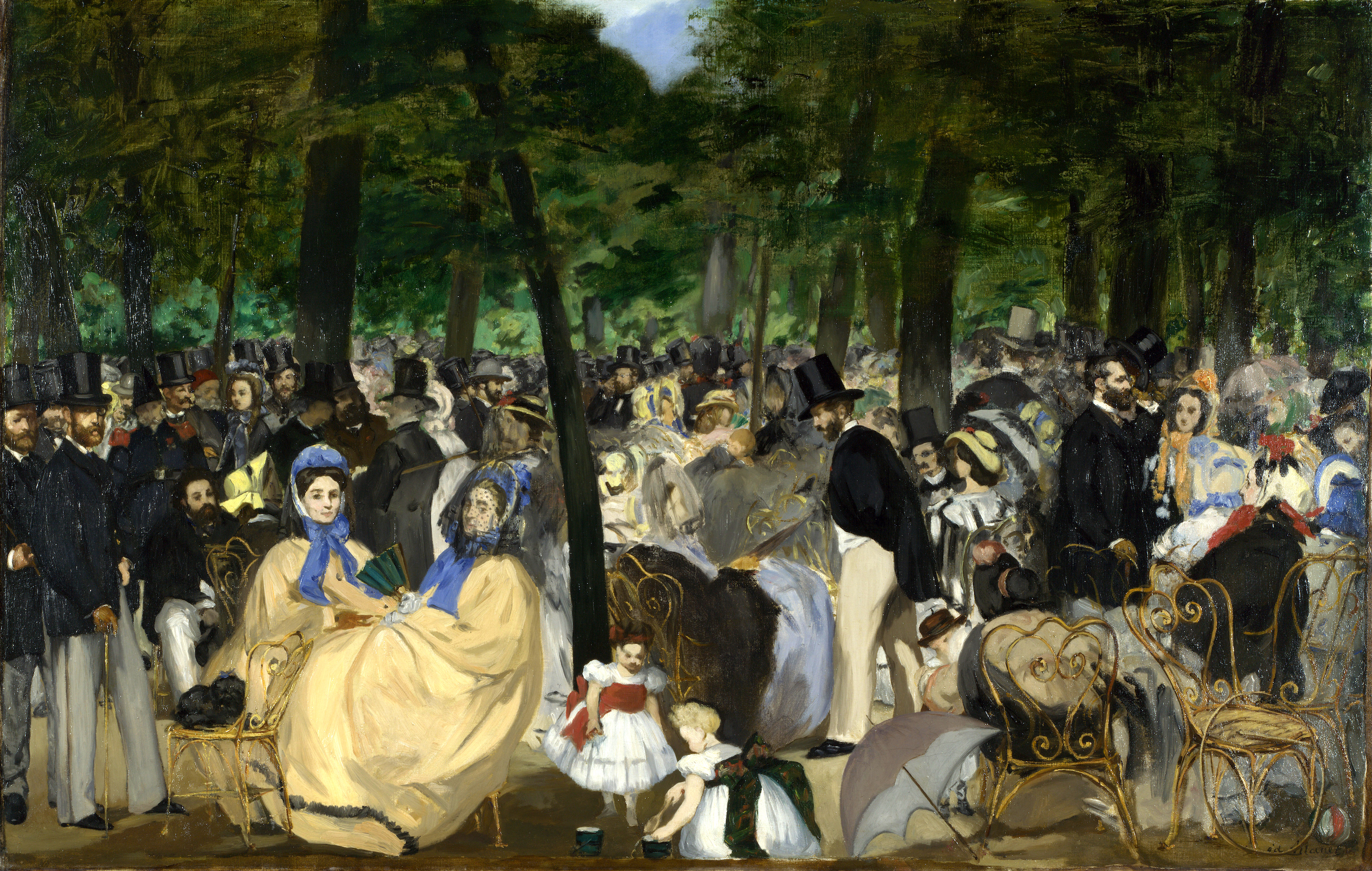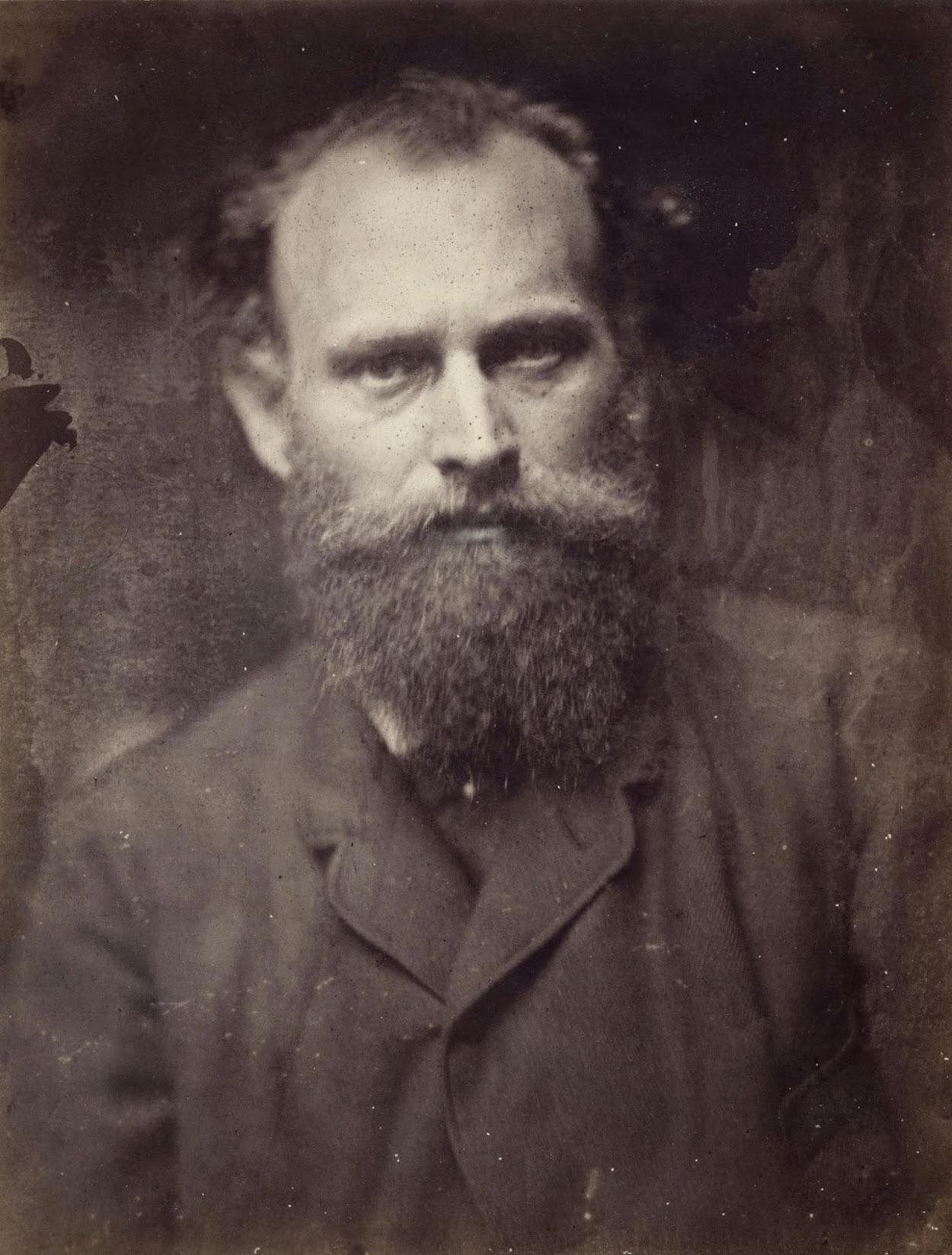On this day in 1832, Édouard Manet, one of the first 19th-century artists to paint modern life, and a pivotal figure in the transition from Realism to Impressionism, was born.
The work is an early example of Manet's painterly style, inspired by Frans Hals and Diego Velázquez, and it is a harbinger of his lifelong interest in the subject of leisure. The painting influenced Manet's contemporaries—such as Monet, Renoir, and Bazille—to paint similar large groups of people. Some of them you may find in our Archive! :)
The painting depicts the gatherings of Parisians at weekly concerts in the Tuileries gardens near the Louvre, although no musicians are depicted. While the picture was regarded as unfinished by some, the suggested atmosphere imparts a sense of what the Tuileries gardens were like at the time; one may imagine the music and conversation.
The iron chairs in the foreground had just replaced the wooden chairs in the garden in 1862. Manet has included several of his friends, artists, authors, and musicians who take part, and a self-portrait. Manet is depicted on the far left; next to him is another painter, Albert de Balleroy. To their right, seated, is sculptor and critic Zacharie Astruc. Manet's brother Eugène Manet is in foreground, right of center, with white trousers; the composer Jacques Offenbach with glasses and moustache sits against a tree to the right; critic Théophile Gautier stands against a tree in brown suit and full beard, while author Charles Baudelaire is to the left of Gautier. Henri Fantin-Latour is further left, with beard, looking at the viewer. The fair-haired child in the center is Léon Leenhoff.
P.S. Check here for the 10 best portraits of Édouard Manet.


 Édouard Manet
Édouard Manet